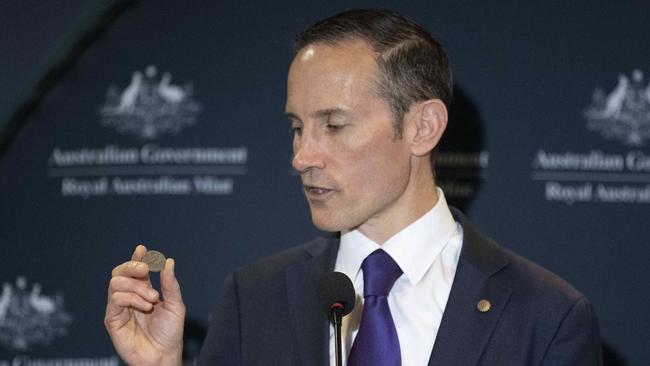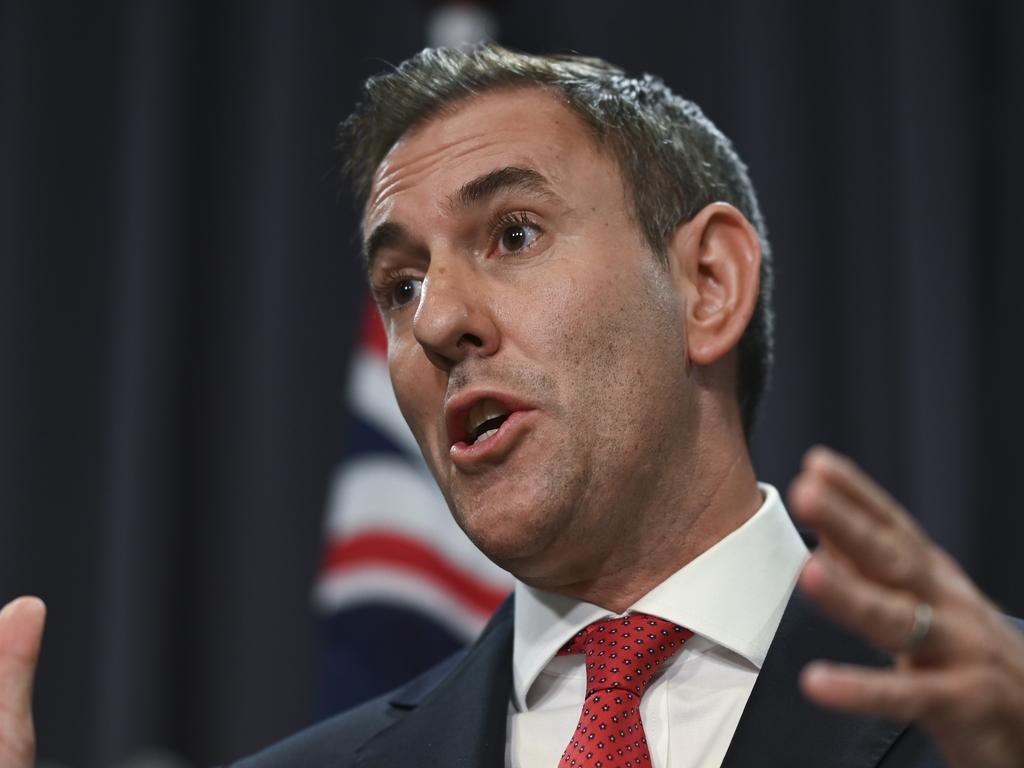Focus on non-compete clauses costing us pay rises
The release of a Treasury paper into the uses and abuses on non-compete clauses in workers’ contracts is the first step to a potential regulatory response to what experts believe is an anti-competitive trade practice.

The government may consider cracking down on non-compete clauses that limit our ability to switch to better-paying jobs, Assistant Competition Minister Andrew Leigh says, as Treasury releases a paper on the restrictive trade practice that affects more than one in five workers.
With dance teachers, boilermakers and disability support workers all becoming enmeshed in these clauses, Treasury’s issues paper will ask for feedback as part of a probe into an increasingly common phenomenon that experts believe stifles innovation, weighs on productivity and deadens job mobility.
Non-compete clauses are a type of restraint of trade clause that seek to restrict employees and independent contractors from working for a competitor or establishing a competing business and typically specify a geographic area and period after a worker ceases employment.
Dr Leigh, in a speech seen by The Australian to coincide with the release of the Treasury paper, said such clauses were more prevalent than Australians would think and didn’t just apply to highly paid professional jobs.
He pointed to a recent survey that found “the majority of businesses that used restraint clauses applied them to more than 75 per cent of their employees”.
“So restraint clauses don’t just apply to the boardroom; they apply to workers in the mailroom too. They are just as likely to apply to the person guarding the car park as they are to the person guarding trade secrets,” Dr Leigh said.
He highlighted research by the e61 Institute that found that tying people to employers came at a heavy cost.
That research estimated that switching jobs was the best way for workers to secure pay rises, and was worth $5700 a year for typical workers, and $7500 for younger workers.
“Job mobility is also critical to the flow of innovation,” Dr Leigh said. “The diffusion of new technologies and ideas occurs when workers join firms and bring better ways of doing things.”
While surveys show 43 per cent of businesses use non-compete clauses, Dr Leigh said there were alternatives. “Whether it’s the recipe to the secret sauce, code to the latest algorithm, or access to a celebrity client book, businesses have reasons to protect their turf, but they have other statutory, contractual and common law protections that may be less restrictive on job mobility.”
Dr Leigh said “we will take a measured approach, informed by evidence” before deciding whether to move on to a consultative process around potential regulation of non-compete clauses. “If we decide further reform is required, we will further consult on potential reform options,” he said.
Last week’s parliamentary committee report into economic dynamism and competition recommended that the Treasurer’s competition policy taskforce “should consider the appropriateness of constraints and bans on non-compete clauses and other restraint of trade clauses”.
The committee report noted how the US has proposed a law banning such clauses in most employment agreements, Britain says it will legislate limits of three months for non-compete clauses and a bill before the New Zealand parliament will outlaw such clauses for employees who earn less than three times the minimum wage, in Australia equivalent to $140,000 a year.






To join the conversation, please log in. Don't have an account? Register
Join the conversation, you are commenting as Logout